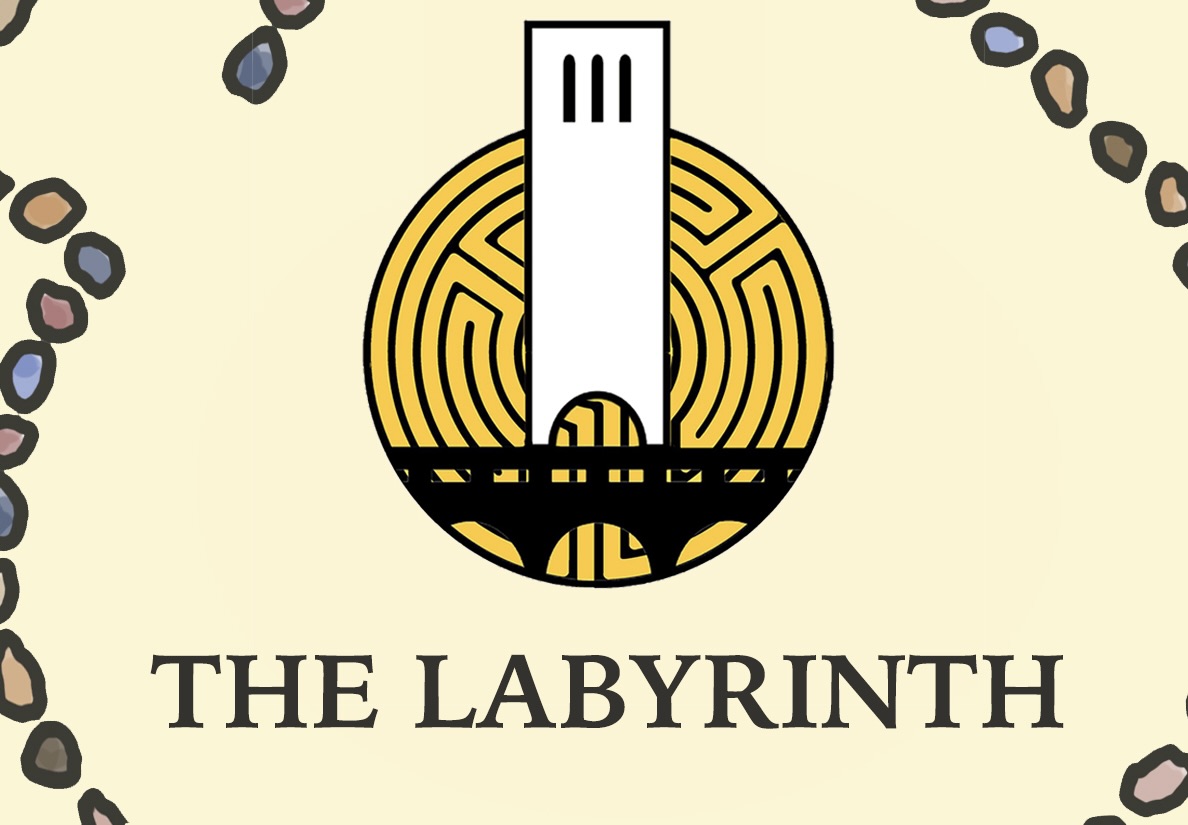Ladies and gentlemen, this is the most terrifying thing I have ever witnessed … Wait a minute! Someone’s crawling out of the hollow top. Someone or … something. I can see two luminous disks peering out of that black hole … Are they eyes? It might be a face. It might be …
(SCREAMS FROM THE CROWD)
On Oct. 30, 1938, Orson Welles and his group of Mercury Theatre Players pulled off one of history’s greatest “Hallowe’en pranks.”
As thousands listened to CBS’s radio programming on that infamous autumnal evening, many had tuned in too late to hear the introduction announcing the radio play version of H.G. Wells’ The War of the Worlds. What ensued in the following 60 minutes safely secured this broadcast within the annals of history, albeit providing a grim insight into the true nature of human panic.
It was the first half hour that was the most shocking. Radio audiences listened while the music programming was intermittently interrupted by news-style updates on flaming objects falling to Earth and then by field reports from Grover’s Mill, N.J., where giant Martian war-machines had landed and incinerated terrified onlookers.
The bells you hear are ringing to warn people to evacuate New York City as the Martians approach. … No more defenses. Our army wiped out … artillery, air force, everything wiped out. This may be the last broadcast.
In those few minutes and in the hours following, rationality was suspended on a vast scale. News and entertainment became irrevocably entangled. And complete chaos ensued. Thousands of men, women and children evacuated their homes in fear of an enemy that had no existence beyond their imaginations.
Howard Koch’s skillfully constructed radio script proved so convincing “the submerged anxieties of tens of thousands of Americans surfaced and coalesced in a flood of terror that swept the country,” he reflected on the broadcast’s 31st anniversary. Now, almost 63 years to the day since the play’s airing, the SITI Company will perform a staged dramatization of Orson Welles’ “Martian invasion” at Campbell Hall this Friday.
The aftermath of this broadcast was so traumatic it spurred legislation banning the use of “news” format in fictional radio plays for years afterwards.
However, Anne Bogart, director of the SITI Company’s “War of the Worlds – Radio Play,” believes that many different factors came together to create the mass hysteria that swept across much of the East Coast.
“It was a combination of the state of the world – it was right when Hitler was taking over Austria and expanding into the east,” she said. “Much like today, people were a little touchy. It hit the wrong chord at the wrong time, or you could say the right chord at the right time.”
While there were no injuries during the insane scramble to escape the Martians, one woman was reportedly in the process of downing a bottle of poison before her husband rushed in and informed her of the hoax. In Grover’s Mill, frightened citizens became 20th-century Don Quixotes and opened fire on “Martian war machines” cleverly disguised as water towers.
What lessons are there to learn from this event? Surely, the public of today is media savvy enough to distinguish fiction from fact. We could never be fooled like that again.
In the words of Orson Welles: “Fake is as old as the Eden tree.”
“We are living through a period where we are proving that we can [be manipulated],” Bogart said. “The media is infantilizing us right now. We are living through a period where [this play’s] lessons are all too familiar.”
Bogart’s reference to the recent events since the Sept. 11 terrorist attacks makes the timing of “War of the Worlds” particularly prescient.
“There is terrifying [relevance] with this play right now,” she said. “Millions of people are scared about invaders.”
“But I’m happy that people are in a theater together with this material, which is a great story, and they are not being talked at by television or film. It is a chance to breathe common air – to feel part of the events of the world rather than being glued to a television. They are in a room together, they can talk about it.”
For 24 hours after the 1938 broadcast, the public remained ambivalent about the fate of those responsible for the prank. Opinion wavered between anger and gratitude. Then Dorothy Thompson came out with an influential column which argued that Americans should thank the performers for highlighting the nation’s vulnerability to a panic reaction following a foreign invasion.
Welles, of course, went on to make the classic “Citizen Kane” and Hoch was responsible for the “Casablanca” screenplay. Bogart hopes this staged production will succeed in highlighting Welles as a serious American artist and explores the creation of mass media manipulation. The SITI Company’s performance surveys all aspects of Welles’ life and work; it moves back and forth in time exposing significant events in his life and exposing the use of improvisation as a tool of his genius.
“I think we are living in a period where this material is [relevant] to any American; to anyone who has gone through the events of the last six weeks,” Bogart said.
“The scariest thing is if we don’t use [the Sept. 11] event as an opportunity to look in the mirror; that we start condemning without questioning why this happened. And similarly in the radio play one has to say, ‘Oh, now I see why people were afraid because it is actually very frightening.’ And maybe [they will] question [the nature of] panic.”
The nature of panic is always irrational; adrenaline drives the motor responses and, just as thirst creates mirages in the desert, fear creates enemies that may have no objective reality. While the Sept. 11 attacks were the actions of an eminently tangible enemy, the resulting fear and panic that has paralyzed thousands, if not millions, of Americans has more basis in paranoia and media sensationalism than in critical reasoning.
Koch’s response to the hysteria caused by his 1938 radio script is remarkably prophetic.
“If and when aliens come, I shall run toward them, not away from them. The Martians among us alarm me much more than any from outer space. I think it is safe to assume that any creature evolved enough to span the time-space between the planets will be intelligent enough to share a peaceful existence with other living beings,” he said. “They may even be necessary to save us from ourselves.”















